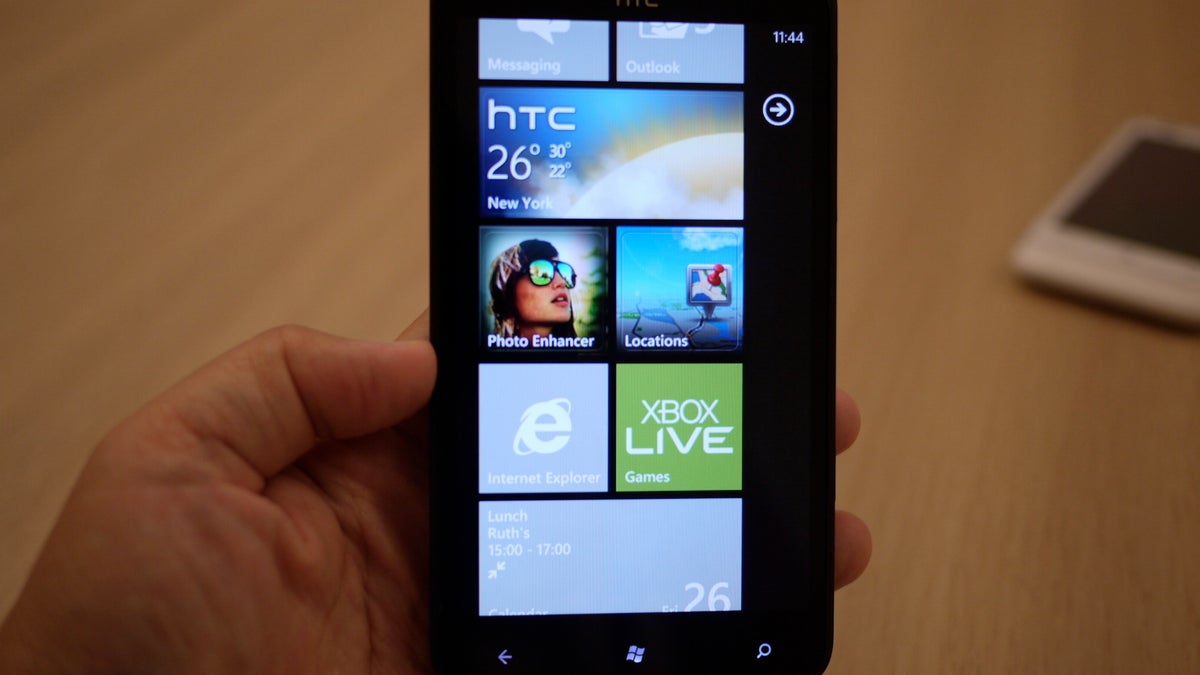How HTC's new Windows Mango phones stack up
HTC has announced two new Windows Phone handsets due out this October. We compare the specs with other Windows phones to see how the new kids will fare.

Ever since Microsoft took the wraps off of Windows Phone 7.5 (code-named Mango), we've been wondering how phone-makers would update the first crop of phones to carry the new operating system.
HTC gave us its answer with the announcements of the HTC Titan and HTC Radar, both available in Europe starting in October.
Both handsets bring hardware improvements in the form of a slightly faster processor and higher megapixel camera for the Titan, and a front-facing camera apiece (1.3-megapixel and VGA, respectively).
| OS version | Windows Phone 7.5, Mango | Windows Phone 7.5, Mango | Windows Phone 7 | Windows Phone 7 | Windows Phone 7 | Windows Phone 7 |
| Screen size | 4.7-inch; WVGA (800x480 pixels) | 3.8-inch; WVGA | 4.3-inch; WVGA | 3.8-inch; WVGA | 3.6-inch; WVGA | 4-inch Super AMOLED |
| Processor | 1.5GHz Qualcomm Snapdragon | 1GHz Qualcomm Snapdragon | 1 GHz Qualcomm Snapdragon | 1 GHz Qualcomm Snapdragon | 1 GHz Qualcomm Snapdragon | 1 GHz Qualcomm Snapdragon |
| Internal memory | 16GB | 8GB | 16GB | 16GB | 16GB | 8GB |
| Camera | 8-megapixel rear-facing, 1.3MP front-facing | 5-megapixel rear-facing, VGA front-facing | 5 megapixel | 5 megapixel | 5 megapixel | 5 megapixel |
| Video | 720p HD | 720p HD | 720p HD | 720p HD | 720p HD | 720p HD |
| Extras | Tango video chat app preloaded | N/A | Kickstand | Dolby Surround Sound slide-out speakers | Tilting screen; physical keyboard | Brilliant screen |
However, HTC disappoints us by keeping the other specs in line with its first Windows Phone efforts--the 720p HD video capture and the WVGA screen resolution in particular. While the 480x800 pixels suits a smaller screen, like that of the 3.8-inch HTC Surround, text and images will look less clear and sharp on the Titan's 4.7-inch display. So far, it's the Samsung Focus' Super AMOLED screen that takes the prize among the Windows phones.
So long as HTC's second Windows Phone 7 excludes dual-core processor, 4G support, or even 1080p HD video capture, even the higher-end Titan won't stand a chance against premium Android phones, and quite possibly against rival Windows Mango phones to come.
We won't know for sure until we test HTC's Radar and Titan in full, but we will say this: Nokia, Samsung, and LG won't have to try too hard to best them.

